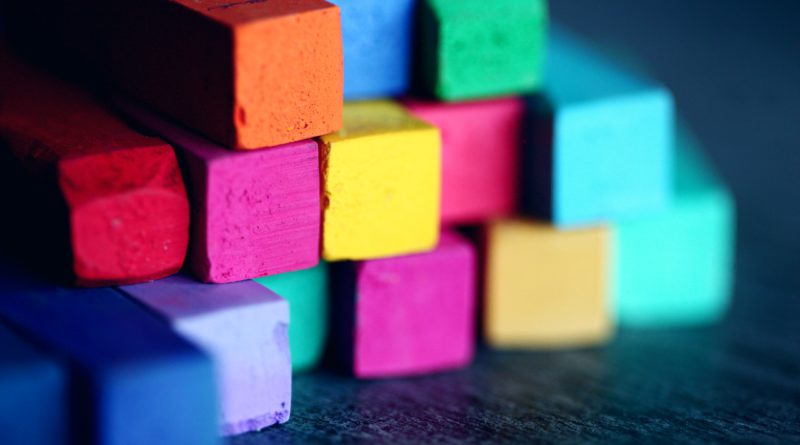Clay’s Role in Decorative Architecture
In architecture, where form and function often intersect, using clay bricks as decorative elements has stood the test of time. Decorative bricks, created from humble clay, have been employed for centuries to enhance the aesthetics of buildings. Their versatility, durability, and timeless appeal have made them a preferred choice for architects, builders, and designers looking to create structures that are not only functional but also visually captivating. This article delves into the rich tradition and contemporary relevance of decorative clay bricks in architectural design.
A Time-Honored Tradition
The tradition of using clay bricks in architecture dates back to ancient civilizations. From the intricate patterns of Islamic mosques to the elaborate friezes of Gothic cathedrals, clay bricks have been crucial in adorning architectural marvels throughout history.
In many cultures, clay bricks were not merely functional but symbolised prestige and craftsmanship. Skilled artisans moulded and fired bricks into intricate patterns and designs, turning them into art pieces. These decorative bricks added aesthetic value told stories, and conveyed cultural significance.
The Allure of Decorative Bricks
What makes decorative clay bricks so enduringly popular in architectural design? It’s a combination of their inherent qualities and the artistic possibilities they offer:
1. Versatility: Decorative clay bricks come in various sizes, shapes, and textures, allowing architects and designers to create various patterns and motifs. They can be used for accent walls, facades, arches, columns, etc.
2. Sustainability: Clay is a natural and abundant resource, making clay bricks an eco-friendly choice. The firing process, while energy-intensive, can be made more sustainable with modern technology and practices.
3. Cost-Effectiveness: Despite their ornamental potential, decorative clay bricks are often cost-effective compared to other decorative materials. This makes them an attractive option for a wide range of architectural projects.
Design Inspirations: Decorative Clay Bricks in Action

Decorative clay bricks find their place in many architectural styles and applications. Let’s explore some examples of how they’ve been used to elevate design:
* Geometric Elegance: Decorative clay bricks often feature geometric patterns. In contemporary architecture, these patterns can add a sense of order and symmetry to minimalist designs.
* Historical Echoes: Many restoration and preservation projects rely on decorative clay bricks to replicate the historic charm of a bygone era. The replication of period-specific designs helps maintain the authenticity of heritage buildings.
* Cultural Significance: In some regions, decorative clay bricks celebrate cultural heritage. These bricks can depict local legends, symbols, or traditional art as a visual reminder of a community’s identity.
* Contemporary Aesthetics: Modern architects also harness decorative clay bricks’ appeal. They use them to add a touch of warmth and texture to otherwise sleek, minimalist designs.
The Craftsmanship of Decorative Clay Bricks
Creating decorative clay bricks is a labour-intensive and meticulous process that requires skilled artisans. The production involves moulding clay into intricate patterns, sometimes by hand, and firing the bricks in kilns at precise temperatures.
Artisans may employ various techniques to achieve different decorative effects. These can include engraving, embossing, or adding decorative elements like glazed tiles or terracotta accents. Each decorative brick is a testament to the craftsmanship and attention to detail that goes into its creation.
Modern Innovations in Decorative Clay Bricks
While the tradition of using decorative clay bricks remains, solid and modern innovations have expanded the possibilities. Architects and designers can now access various clay brick options incorporating advanced technology and sustainable practices.
* Sustainable Production: Some manufacturers are adopting sustainable practices, such as using renewable energy in the firing process or incorporating recycled materials into their bricks. This aligns with the growing demand for eco-friendly construction materials.
* Digital Precision: Advanced technology allows for precise design and manufacturing of decorative clay bricks. Computer-aided design (CAD) and digital modelling have opened new avenues for intricate and customized patterns.
* Customization: Modern manufacturing techniques enable architects to create custom-designed decorative clay bricks tailored to a project’s specific needs and aesthetics. This level of customization allows for unique and visually striking results.
on the world of architecture. They are not merely building materials but a testament to human creativity and craftsmanship. From ancient temples to modern skyscrapers, decorative clay bricks continue to adorn and enrich our built environment, telling stories of culture, heritage, and innovation.
In an age where architectural design increasingly emphasizes sustainability, decorative clay bricks bridge tradition and progress. They offer a sustainable, cost-effective, and aesthetically pleasing solution for architects and designers seeking to create spaces that are not only functional but also artistically inspiring. As the legacy of decorative clay bricks endures, it reminds us that beauty and functionality can indeed go hand in hand in architecture.








